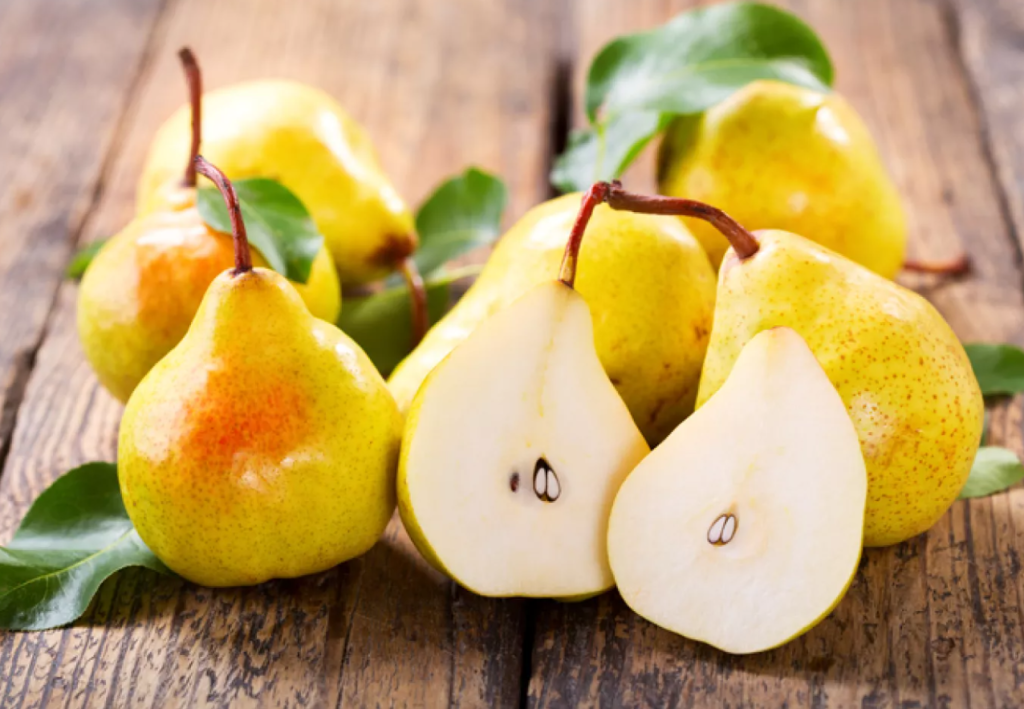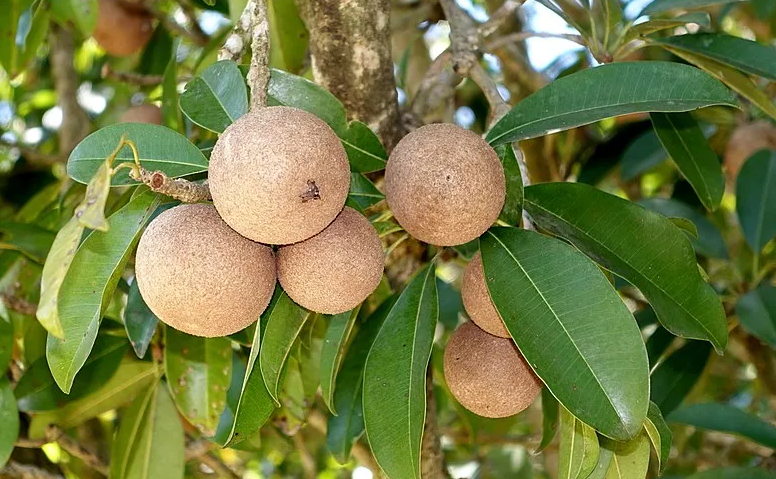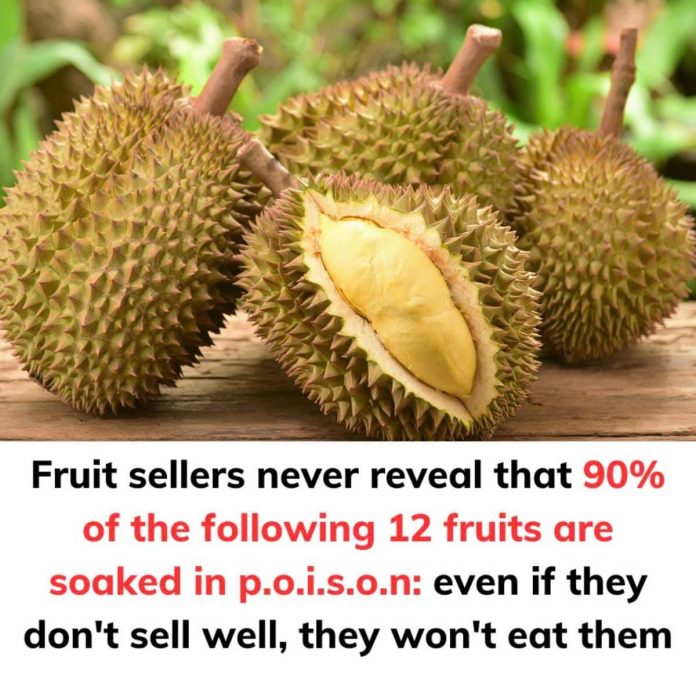Fruits with High Pesticide Risks: What You Need to Know Before You Buy
When we talk about fruit, we often focus on its nutritional benefits rather than its safety. Many people are concerned about which fruits contain the most pesticides and which are safer to consume. However, not everyone is aware of just how many harmful chemicals are used in fruit cultivation.
I have a close friend who is a fruit expert, and whenever I go to buy fruit, I always call or text him for advice. Over time, he has shared a lot of eye-opening information with me. He has told me about fruits that are often loaded with pesticides, artificial ripening agents, and preservatives, some of which are so heavily contaminated that even fruit sellers sometimes refuse to eat them.
He always says, “If you’re eating fruit for your health, make sure you choose the safest options. If you eat fruit full of chemicals, you may be harming your body rather than nourishing it.”
Based on my friend’s insights and information from various sources, here are 12 fruits that are at the highest risk of contamination with harmful chemicals.
1. Pears
Pears are one of the most chemically treated fruits. Farmers often spray them with pesticides multiple times during their growth cycle. In addition, growth stimulants are injected into pears to make them ripen faster, and color-enhancing chemicals are used to make them more visually appealing. Unfortunately, these chemicals do not wash off easily.

2. Grapes
Grapes are particularly vulnerable to pesticide absorption due to their thin skin. Many farmers soak green grapes in a diluted ethephon solution, which causes them to turn purple in just two days. While this may make them look fresh, these chemicals can accumulate in the body if consumed regularly, posing a long-term health risk.
3. Bananas
Years ago, bananas were ripened using carbide, a dangerous chemical. While this method has been banned in many places, today, bananas are still soaked in chemicals to ensure they ripen evenly and attract buyers. Eating bananas treated with these chemicals can pose serious health risks.
4. Peaches
Peaches are another fruit that absorbs a high amount of pesticides. Because they have a delicate skin, the chemicals used during cultivation cannot be completely washed away. Many farmers also use ripening chemicals to ensure peaches look more appealing, but these substances can be toxic if consumed frequently.
5. Apples
While apples are often considered a healthy snack, they are one of the most chemically treated fruits. Young apples are sometimes wrapped in pesticide-soaked bags during their growth process. This makes the fruit appear smooth, flawless, and mold-free, but the chemical residue remains on the skin.
6. Imported Oranges (Especially from China)
Oranges with a bright and glossy appearance may have been treated with preservatives to extend their shelf life. Some of these oranges can stay fresh for months while their insides dry out or rot due to chemical exposure.
7. Strawberries
Most commercial strawberry farms use methyl bromide, a chemical that kills fungi but is also harmful to humans. This chemical is linked to ozone depletion, and because strawberries are very susceptible to pests, they are often sprayed with large amounts of pesticides before harvesting.
8. Jackfruit
To speed up ripening, farmers inject chemicals directly into unripe jackfruit. A chemical mixture is poured into holes made in the fruit, causing it to ripen within 12 hours. This method ensures the jackfruit turns bright yellow, but the chemicals linger inside and can pose serious health risks.
9. Sapodilla
Sapodilla, a naturally sweet fruit, is sometimes soaked in a chemical solution that contains iron powder to enhance its color. Clean, naturally ripened sapodilla has a greenish-brown skin, but chemically treated ones turn dark yellow. Additionally, some traders use ripening agents to make them ripen quickly and evenly.

10. Papaya
Papayas are often forced to ripen using chemicals. Farmers only need to apply a few drops of ripening solution to the fruit’s stem, and within hours, the green papaya turns golden yellow. While this may make the fruit look more appealing, it poses health risks due to chemical residues.
11. Mangoes
Mangoes are difficult to transport and store, so they are often picked unripe and then treated with chemicals to ripen artificially. If you see mangoes that are green on the outside but fully yellow on the inside, they may have been chemically ripened. These chemicals can cause digestive issues and other health problems.
12. Watermelon
Watermelons are often treated with stimulants to make them ripen faster and taste sweeter. Additionally, preservatives are sometimes used to extend shelf life and maintain freshness. Chemically treated watermelons can have an unnatural sweetness and pose potential health risks.
How to Reduce Chemical Exposure in Fruits
If you are concerned about pesticide and chemical exposure, here are some tips to ensure your fruit is safer to eat:
- Buy organic whenever possible – Organic fruit is grown without synthetic pesticides and ripening agents.
- Soak fruit in salt water or baking soda solution – This can help remove some pesticide residues.
- Peel fruits with thin skin – If pesticides are concentrated on the surface, peeling can reduce exposure.
- Choose seasonal fruits from local sources – These are often fresher and less likely to be chemically treated.
- Inspect fruit before buying – If it looks too perfect or has an unusually long shelf life, it may have been treated with preservatives or ripening agents.
Final Thoughts
Eating fruit is supposed to be good for your health, but if it is loaded with chemicals, it may do more harm than good. By choosing safer options and being mindful of high-risk fruits, you can protect yourself and your family from potential health hazards. Always prioritize quality over appearance, and whenever possible, opt for organic or locally grown produce to ensure you are eating fruit that is truly beneficial for your health.

















